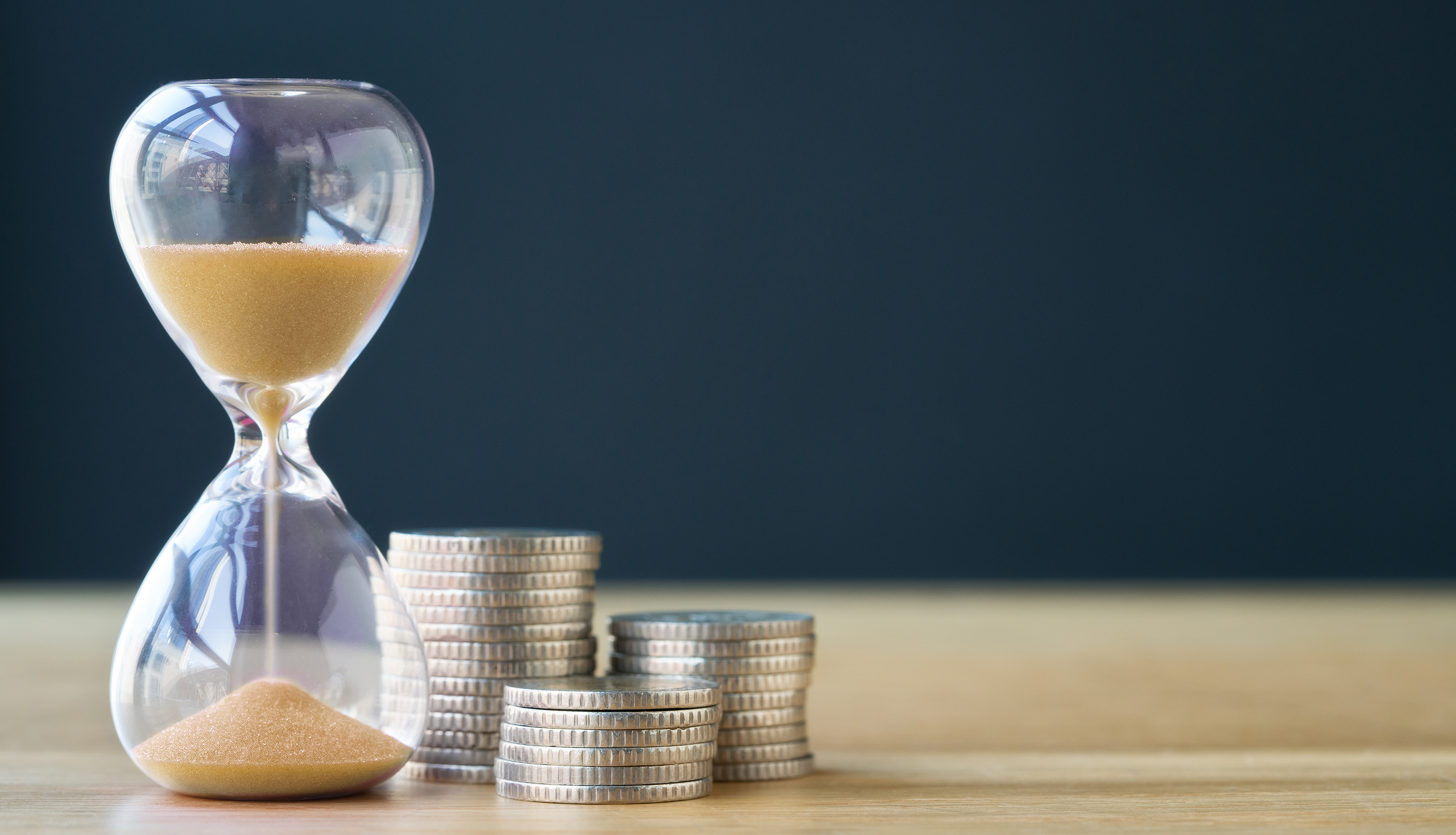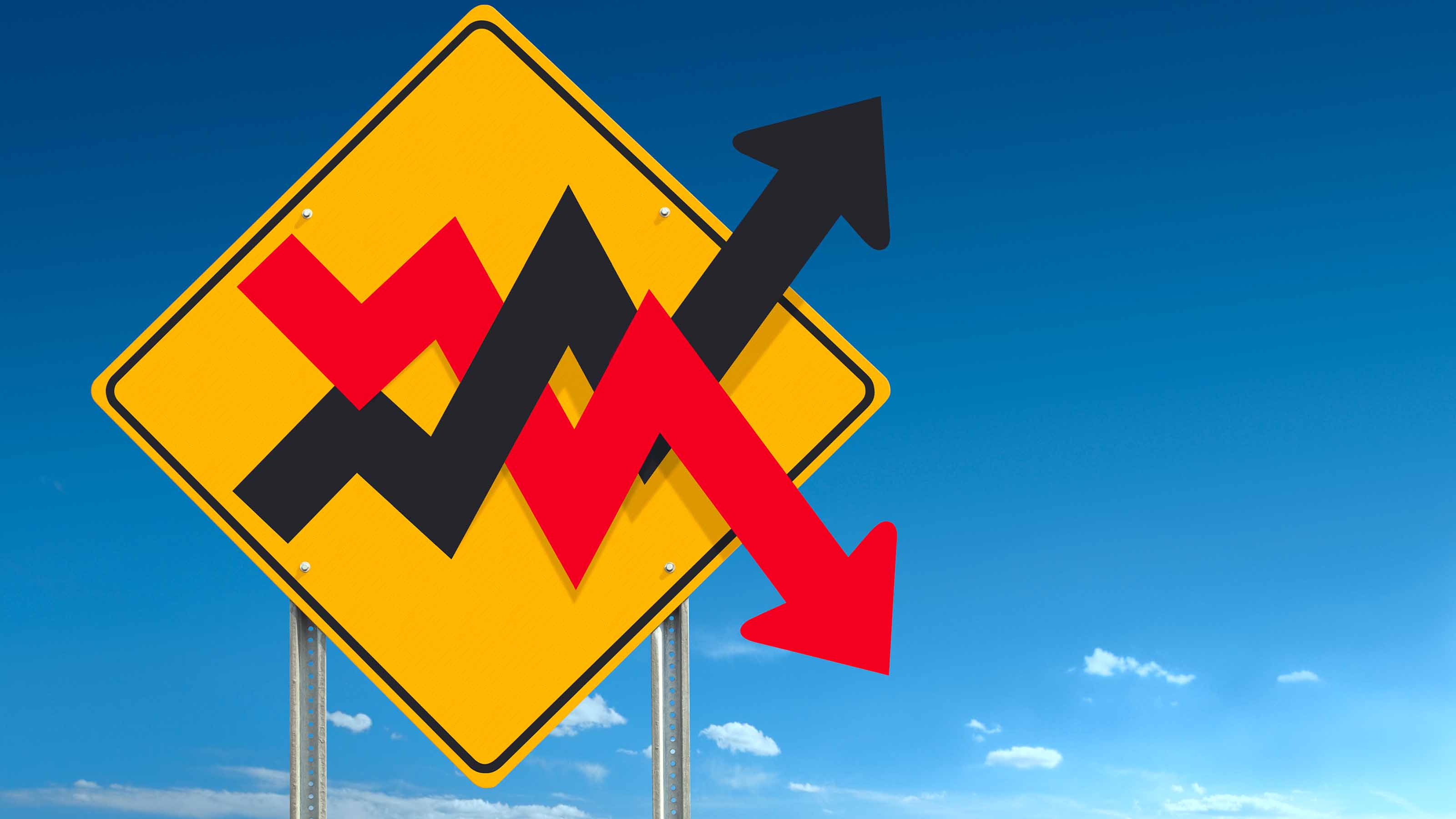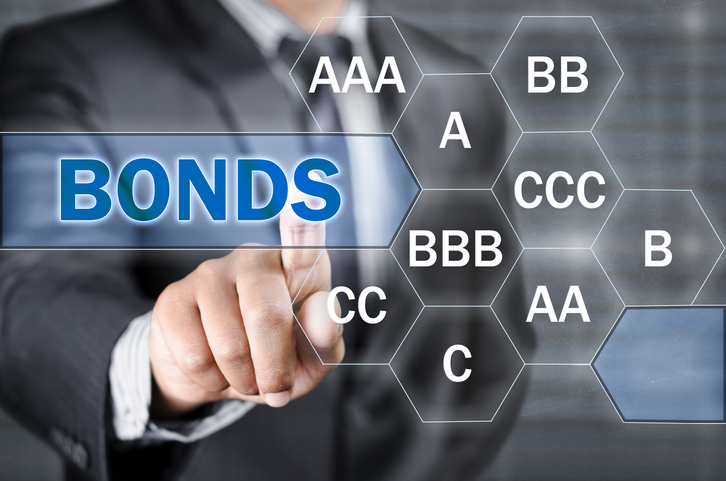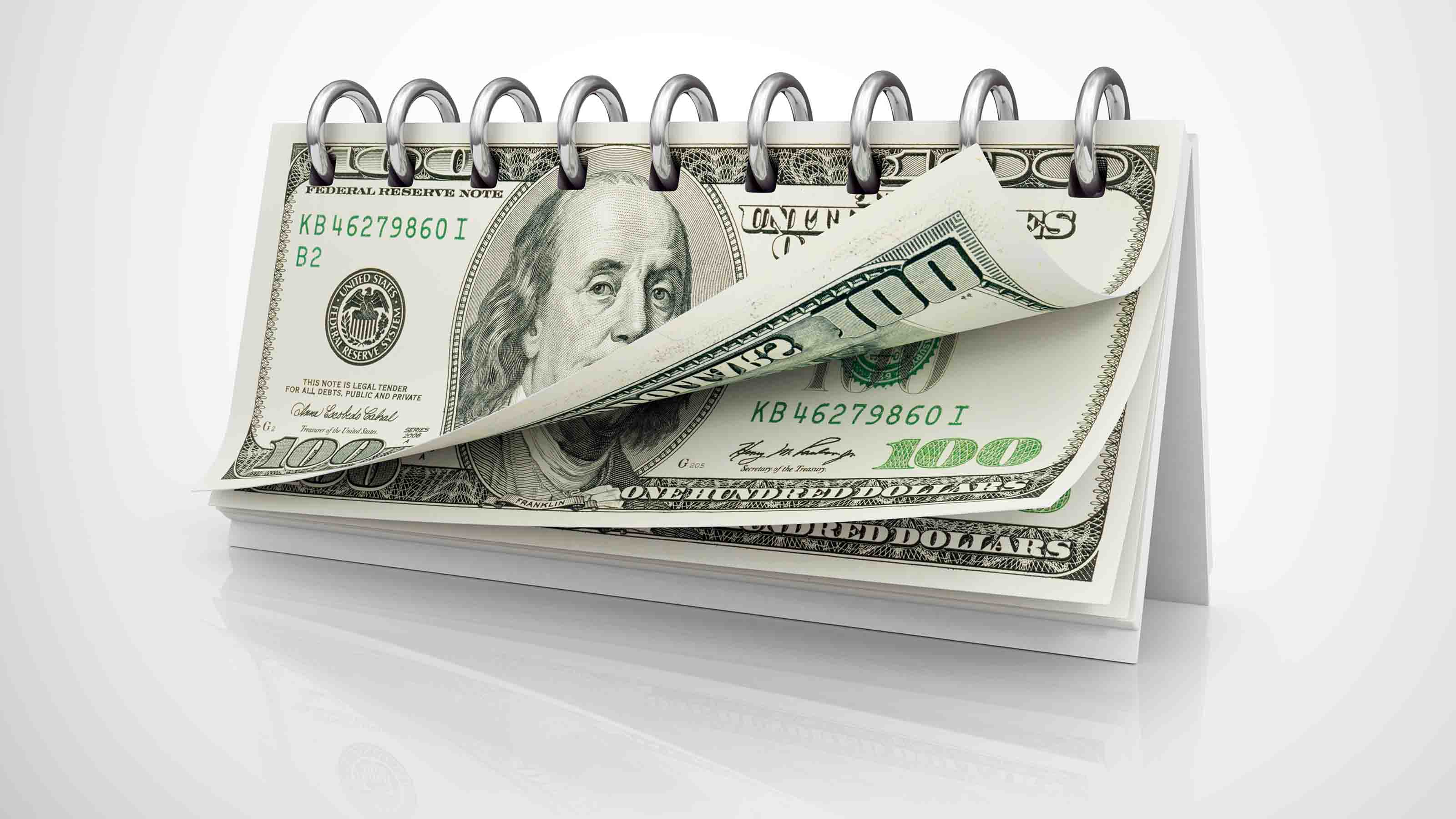High-Yield Investments That Are Worth the Risk
Many of these debt or stock offerings have returned more than 10% so far in 2019.

After getting slammed in the final weeks of 2018, many high-yielding investments are again rocking and rolling. The tent is large and includes the debt or stock offerings of everything from oil-and-gas partnerships to real estate investment trusts that specialize in mortgages or development to companies that provide financing for other businesses. Many of these investments have returned more than 10% so far in 2019. That reinforces my doctrine: It’s worth striving for extra yield, even in a “riskier” asset, provided you get paid in full and on time, which is the usual result absent a recession or a credit crisis.
The strategy is not for everyone. You may be gloomy about the U.S. economy’s prospects, or you may believe that inflation and interest rates will soar. Maybe you’re keeping nearly 100% of your savings in cash, short-term notes and bank deposits because you don’t need the extra income and don’t want the risk of investing in something more aggressive. Or perhaps you’re safeguarding the money for a particular purpose.
But if none of that applies to you, don’t blanch just because a high-payout holding gets caught in a temporary market tumble. Unless a specific enterprise is mismanaged—or it runs chronically negative cash flows and has to pay through the nose to borrow at all—there will likely be a recovery, and your rewards over time will eclipse the occasional dips and dives.
From just $107.88 $24.99 for Kiplinger Personal Finance
Become a smarter, better informed investor. Subscribe from just $107.88 $24.99, plus get up to 4 Special Issues

Sign up for Kiplinger’s Free Newsletters
Profit and prosper with the best of expert advice on investing, taxes, retirement, personal finance and more - straight to your e-mail.
Profit and prosper with the best of expert advice - straight to your e-mail.
I say this because a bunch of my favorite long-term-yield exemplars got hit hard last year—and my counter-reaction (and published advice) was to be fearless. Long-term financial investments are not trading vehicles.
Such proven operations as Brookfield Infrastructure Partners (symbol BIP, $41, yield 4.8%), Compass Diversified Holdings (CODI, $16, 9.0%), Hannon Armstrong Sustainable Infrastructure Capital (HASI, $25, 5.3%), Ladder Capital (LADR, $17, 8.1%) and NexPoint Strategic Opportunities Fund (NHF, $22, 10.9%) are disciplined, expertly run companies with sound portfolios of loans and properties. They cover distributions with regular cash flow, they don’t speculate in wacky stuff, they don’t have management shakeups, and they keep much of what they buy or finance on their own balance sheets (rather than flip and strip them to pay grandiose distributions).
Who’s afraid of the Fed? Every one of the above-named investments tanked near the end of 2018, some by 20% or more. But each has now recovered because nothing happened to discredit its business model or threaten its dividends. The most plausible reason for the market tumble was the fear of drastic Federal Reserve credit tightening. Smart buyers pounced on the deeply oversold shares even before the central bank called a time-out on its rate-hiking cycle. Savvy investors will take advantage if the market pulls this trick again.
You can invest in this sphere indirectly through the likes of Miller/Howard High Income Equity (HIE, $11), a closed-end fund, or exchange-traded fund YieldShares High Income (YYY, $18). These funds also include such yield-oriented standards as bank-loan funds and short-term junk-bond funds.
The investments listed here, whether funds or individual securities, make more sense as satellites rather than core fixed-income holdings. And I will not argue with those who doubt we’ll get another double-digit-percentage quarterly gain on top of the first-quarter bounce. “It does feel to us that the rally is running out of steam,” says John Sheehan, a portfolio manager with Osterweis Capital Management, an adept player in high-yielding investments. But he’s absolutely not expecting another nasty sell-off.
Buying a REIT or finance firm that may zigzag in price while steadily and briskly boosting its well-covered dividend isn’t playing the lottery. It’s just the opposite.
Profit and prosper with the best of Kiplinger's advice on investing, taxes, retirement, personal finance and much more. Delivered daily. Enter your email in the box and click Sign Me Up.

Kosnett is the editor of Kiplinger Investing for Income and writes the "Cash in Hand" column for Kiplinger Personal Finance. He is an income-investing expert who covers bonds, real estate investment trusts, oil and gas income deals, dividend stocks and anything else that pays interest and dividends. He joined Kiplinger in 1981 after six years in newspapers, including the Baltimore Sun. He is a 1976 journalism graduate from the Medill School at Northwestern University and completed an executive program at the Carnegie-Mellon University business school in 1978.
-
 How to Safely Open an Online Savings Account
How to Safely Open an Online Savings AccountOnline banks offer generous APYs that most brick-and-mortar banks can't match. If you want to make the switch to online but have been hesitant, I'll show you how to do it safely.
-
 7 Ways to Age Gracefully Like the Best Stock Photo Seniors
7 Ways to Age Gracefully Like the Best Stock Photo SeniorsAs a retirement editor, I've gleaned valuable wisdom (and a lot of laughs) from one older couple that tops the seniors' stock photo charts.
-
 My First $1 Million: Banking Executive, 48, Southeast U.S.
My First $1 Million: Banking Executive, 48, Southeast U.S.Ever wonder how someone who's made a million dollars or more did it? Kiplinger's My First $1 Million series uncovers the answers.
-
 The Most Tax-Friendly States for Investing in 2025 (Hint: There Are Two)
The Most Tax-Friendly States for Investing in 2025 (Hint: There Are Two)State Taxes Living in one of these places could lower your 2025 investment taxes — especially if you invest in real estate.
-
 The Final Countdown for Retirees with Investment Income
The Final Countdown for Retirees with Investment IncomeRetirement Tax Don’t assume Social Security withholding is enough. Some retirement income may require a quarterly estimated tax payment by the September 15 deadline.
-
 Why Investors Needn't Worry About U.S. Credit Downgrade
Why Investors Needn't Worry About U.S. Credit DowngradeFitch Ratings The United States saw its credit rating downgraded for just the second time in history, but experts aren't worried about the long-term damage to stocks.
-
 Income-Investing Picks for a Recession
Income-Investing Picks for a RecessionInvesting for Income Some consequences of an economic downturn work to the benefit of fixed-income investors. Here are three fund ideas that fit the bill.
-
 Dogs of the Dow Are 2022's Best in Show
Dogs of the Dow Are 2022's Best in Showdividend stocks Some of the best investments for income investors in a volatile 2022 have come from the Dogs of the Dow.
-
 Bond Values in a Volatile Market
Bond Values in a Volatile MarketInvesting for Income While the market's instability may not be over just yet, the latter half of the year should be less daunting – and possibly more rewarding – for investors.
-
 Should You Buy Bonds Now? What To Consider
Should You Buy Bonds Now? What To Considerbonds The fixed-income market has been turned on its head in recent years, but there are still opportunities for those looking to buy bonds again.
-
 Dividend Dates: A Beginner's Guide
Dividend Dates: A Beginner's Guidedividend stocks Everything you need to know about ex-dividend dates, dividend announcements and other parts of the dividend calendar.